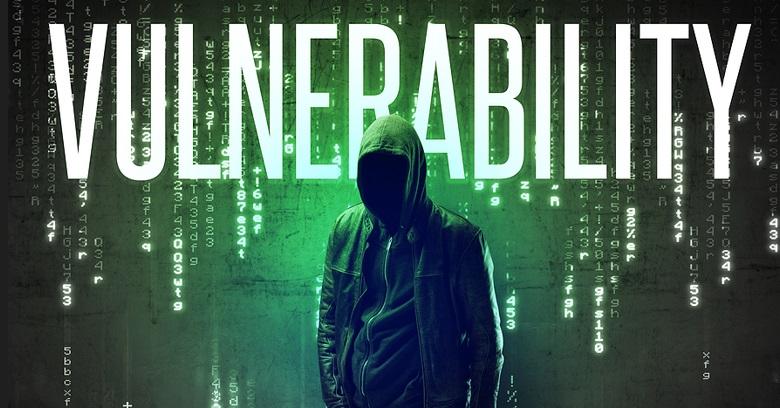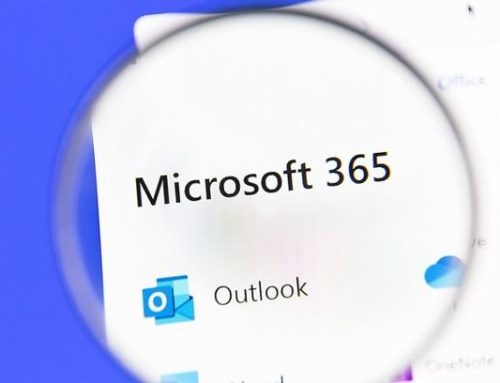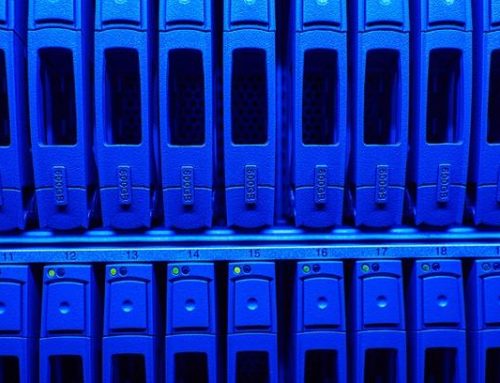The cyber threats that managed security services protect businesses against are becoming more sophisticated and harder to detect every day.
Among these threats, MSSPs find that persistent foothold threats can be some of the most difficult to detect and extremely damaging.
These backdoor attacks are of prime concern to managed security services providers with high-profile clients, as these businesses and organizations are the favored targets of persistent malware that can keep the attack going as long as it remains active on a host network.
What Are Persistent Foothold Threats?
A persistent foothold threat, also called an advanced persistent threat or APT, is a planned cyber attack on a network by a hacker or group seeking to collect data from the targeted network.
Managed security services see these attacks happening to higher-profile clients such as state organizations, large corporations, or any business or organization that might store information that could be desired by others so much that hacking is worthwhile.
Most APTs are costly to execute and maintain, making it less likely that smaller entities will be affected by these; however, managed security services providers see these breaches happening in various forms on the networks of many different businesses and organizations.
How Are These Security Threats Executed?
Persistent foothold cyber threats are executed by targeting existing network vulnerabilities.
MSSPs find various malware like ransomware, phishing scams, trojans, and other tracking scripts are downloaded onto networks through these vulnerabilities and then attach to applications that allow them to resist detection and continuously function when the scripts they have attached to are functional.
After the file has been downloaded onto a network host that is not protected by adequate managed security services, hackers can create backdoor access to that network so they have the ability to search for and extract specific information.
Since the malware runs every time a specific file such as one on the startup menu runs, the process can keep happening over and over again until it is tracked to that normally-functioning bit of software on the network.
How Are Persistent Foothold Threats Detected?
The biggest danger of these types of attacks is that they are persistent, meaning they keep functioning in the background and may be unexposed for long periods.
Without the protection of managed security services providers that have a thorough understanding of company network access and use as well as what is abnormal use for that company, attacks can go on for long periods of time.
Businesses sustaining these attacks typically do not realize they have been victimized until long after a persistent script has been running in the background, feeding data to the source of the hack.
MSSPs must expose these malicious scripts by first detecting patterns of unusual activity on the network and then determining an effective way to remove them before they are activated by other resident files that keep the circle of exposure going.
How Can Persistent Foothold Cyber Attacks Be Prevented?
One way that any company can avoid becoming a victim to persistent foothold threats and other types of malware is to partner with an experienced managed security services provider that knows all about them and how to protect a network.
It is much easier for managed security services to prevent this type of attack than it is to stop it once it has begun.
Ultimately, this starts with an MSSP taking the time to understand the business and how it uses its network, then develop with them a risk reduction plan that includes network use policies, access levels, and other security measures.






